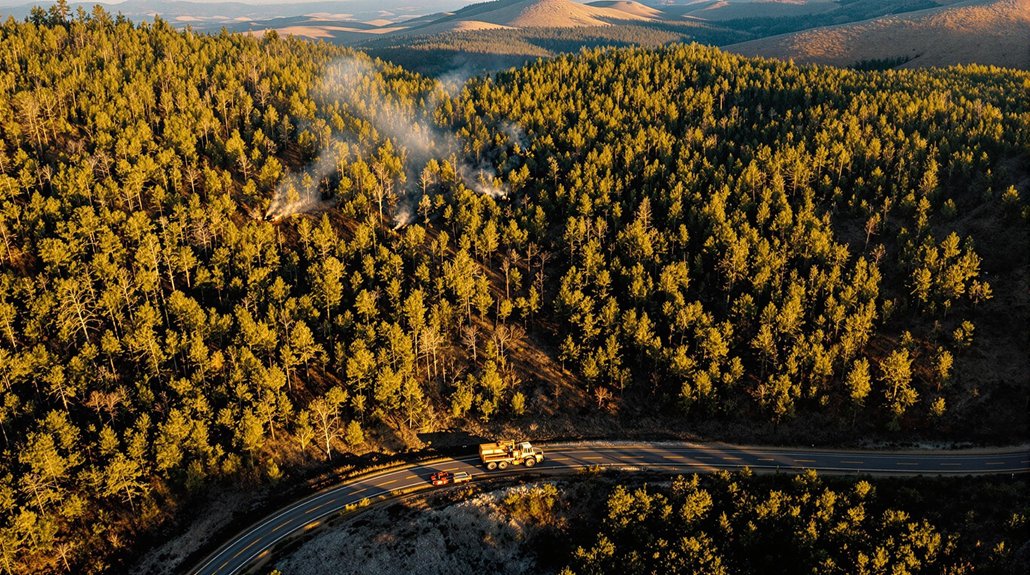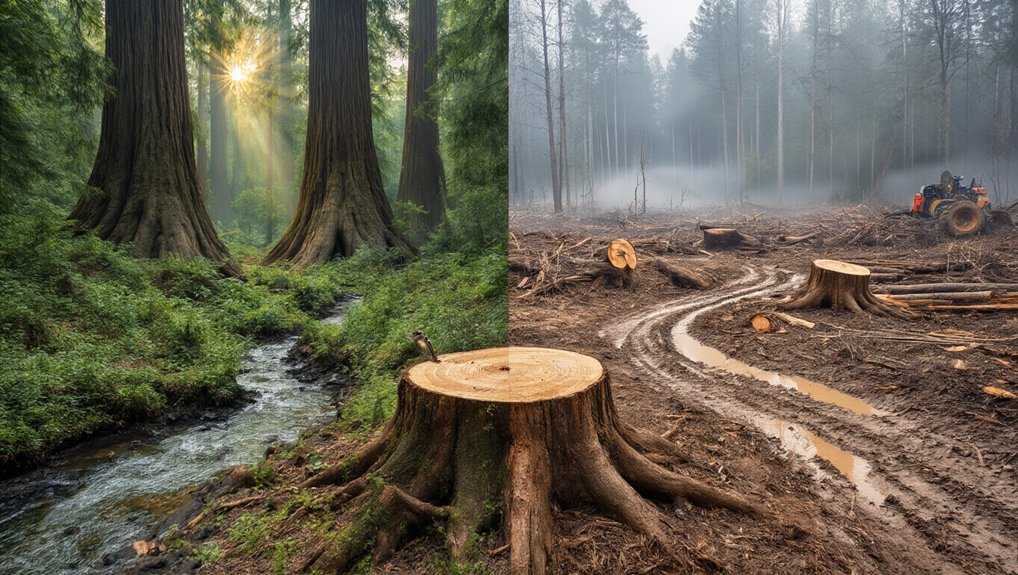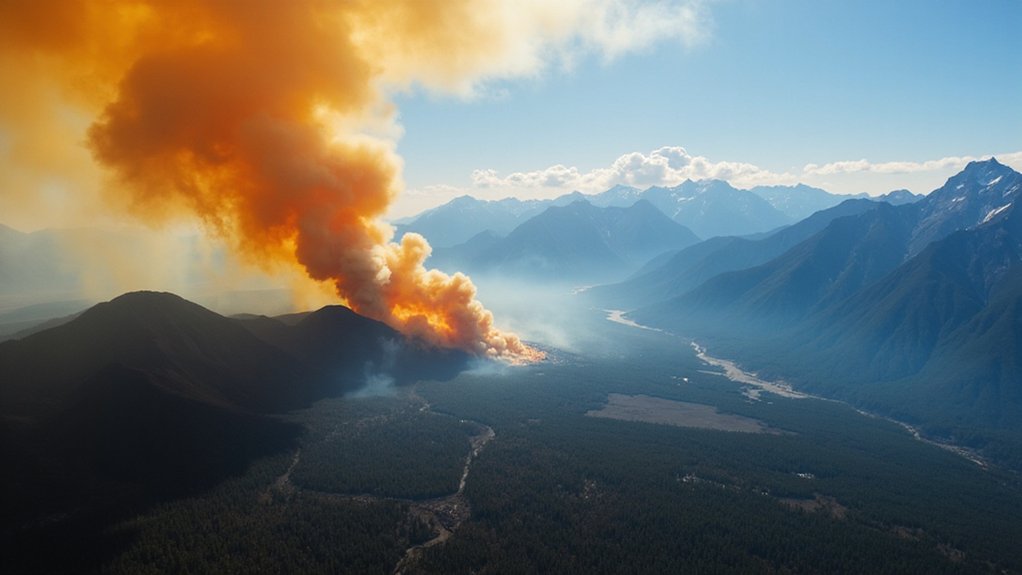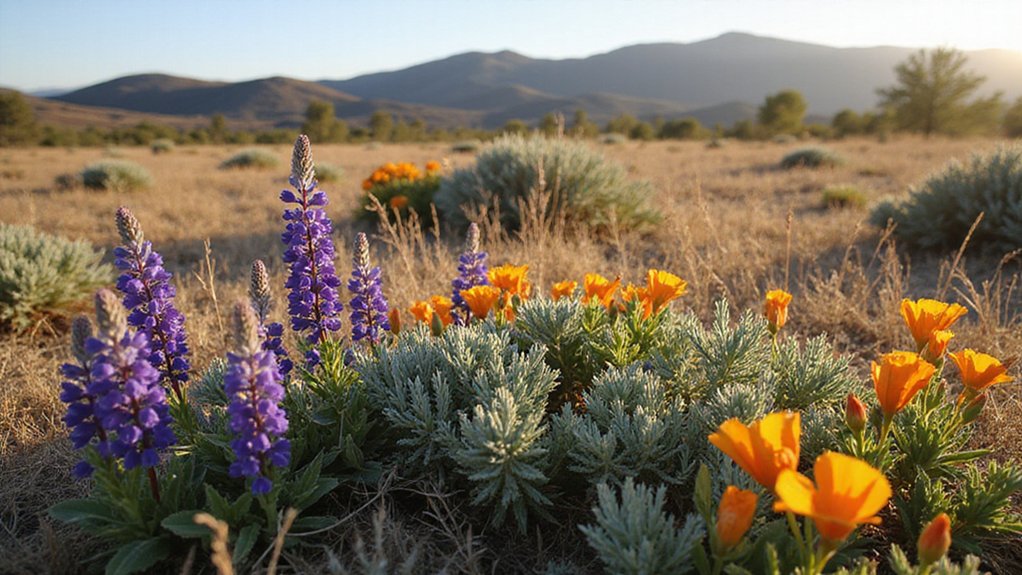California’s forest management efforts aren’t keeping pace with growing wildfire threats. While CAL FIRE treated over 131,000 acres last year, climate change has extended fire seasons to seven months and increased wildfire likelihood by up to 66% since 1950. Budget cuts, lengthy approval processes, and environmental regulations further hamper progress. The state aims to treat 500,000 acres annually by 2025, but experts warn current efforts fall short as wildfires grow more destructive each year.
As California faces an increasingly dangerous wildfire crisis, the state’s forest management strategies are under intense scrutiny. The situation has grown dire, with 2025 wildfires already burning 57,768 acres by March 10. The January fires alone killed 29 people and destroyed more than 18,000 structures, with estimated costs reaching $250-275 billion.
The link between climate change and wildfire risk is clear. Studies show climate change has increased wildfire likelihood by 31-66% since 1950. Fire seasons now stretch beyond seven months, compared to five months historically. The years 2023-2024 were the hottest on record globally, intensifying droughts and drying vegetation.
California’s forest management efforts face substantial hurdles. CAL FIRE’s resource management funds were cut by 50%, while mechanical thinning projects take 3.6 years to begin. Controlled burns face even longer delays, taking 4.7 years to commence after environmental reviews. Only 3% of California’s forests are state-owned, with federal agencies managing over 50%.
Current treatment efforts fall short of what’s needed. Although CAL FIRE treated 131,034 acres in fiscal year 2023/24 and conducted nearly 300,000 defensible space inspections, experts say it’s not enough. The state aims to treat 500,000 acres of non-federal land annually by 2025, supported by a $2.6 billion investment through 2028.
Despite millions spent on prevention, California’s forest treatment efforts remain dangerously inadequate against escalating wildfire threats.
Forest management strategies include selective thinning, prescribed burns, and reducing excess fuel loads. The recent Santa Ana winds that reached gusts of up to 100 mph in January 2025 dramatically worsened fire spread and intensity. Fossil fuel emissions, which increased by 1% in 2022, further exacerbate climate conditions that make wildfires more likely and severe through greenhouse gas emissions. Creating defensible space around homes and streamlining permitting processes are also key components. However, environmental regulations, litigation risks, and Clean Air Act restrictions continue to slow progress. Senate Bill 222 could change this dynamic by allowing cost recovery lawsuits from wildfire victims against fossil fuel companies responsible for environmental degradation.
The consequences of inaction are severe. Seven of the ten most destructive fires in California’s history occurred in the past five years. Fire has become the largest driver of tree cover loss in the state, with 2020-2021 seeing a record 700,000 hectares lost. Without increased pace and scale of forest restoration, projections suggest annual burned areas could increase by 3% to 52% in coming years.








